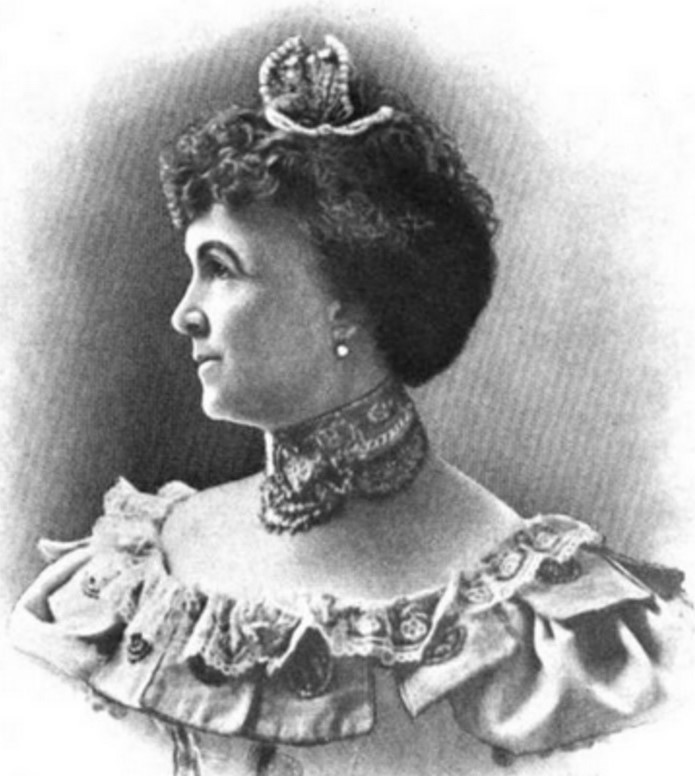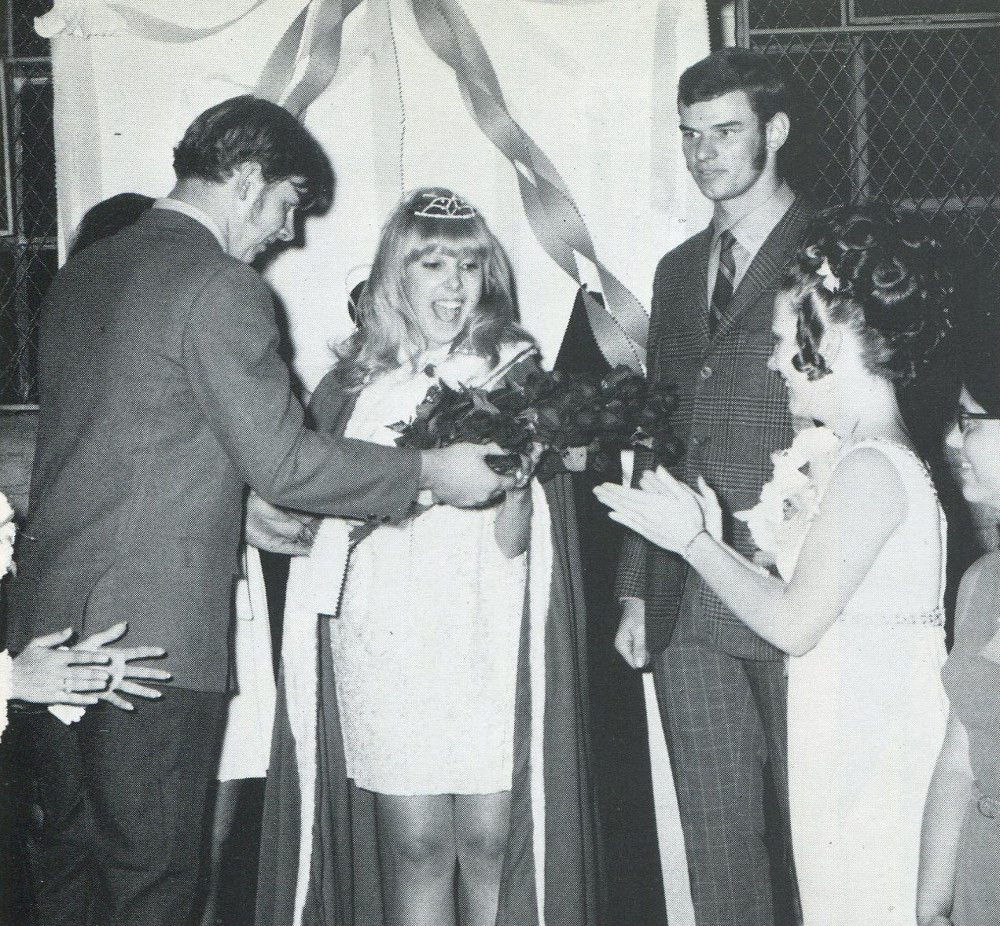
After Cleveland annexed Ohio City in 1854, educators on the city's new west side who wanted their own high school on their side of the Cuyahoga River struggled to find a way around a problematic state law that permitted only one public high school to exist in Cleveland. A. G. Hopkinson, principal of a grade school for advanced students in the former Ohio City, found the solution.
There was a time when there were no public high schools west of the Allegheny Mountains. When children living in the Midwest could only obtain a college preparatory education by attending private academies, the tuition for which only wealthy parents could afford. That all changed, however, in 1846 when Central High School, the first free public high school west of the Alleghenies, was founded in Cleveland. At first located in the basement of a Universalist church on Prospect Street (Avenue), it was afterwards for many years located in its own building near the intersection of Euclid Avenue and Erie (East Ninth) Street, just west of Scofield's boarding house.
While Central High School was accessible to all Cleveland children in its first few years of operation, it was not, after the annexation of Ohio City in 1854, very accessible to Cleveland children who lived west of the Cuyahoga River. Especially in an era when there were no motor vehicles to transport children to school and the bridges that crossed the river were far and few between. West siders petitioned Cleveland City Council for their own high school, but a state law restricted the city to only one public high school. According to several newspaper accounts, including one that appeared in the Cleveland Leader on June 12, 1910, it was A. G. Hopkinson, formerly principal of an Ohio City grade school for advanced students, who came up with the idea that building a "branch" high school on the west side would not violate the state law. City Council was apparently persuaded and, on April 7, 1855, it passed legislation creating east and west "divisions" of Central High School. Hopkinson became the first principal of the new west side high school, serving in the office until 1870.
Branch High School, as the west side division of Central High School was initially called, held its first classes on the top floor of Kentucky School, located on Kentucky (West 38th) Street near Terrett Avenue. In 1861, West High School-- by this time everyone had dispensed with the fiction that it was a branch of Cleveland's east side high school-- moved to a new building, constructed on a small parcel of land at the intersection of Clinton Avenue and what is today West 29th Street and Dexter Place, not far from Franklin Circle. It remained at this location for twenty-three years until a growing west side population created the need for a larger school, resulting in the purchase of land and the construction in 1884 of a large two-story red brick and stone school building at the intersection of Bridge and Randall Avenues. The west side's school age population continued to grow rapidly in the last two decades of the nineteenth century, in large part as the result of the annexations to the city of West Cleveland and Brooklyn Village in 1894. The City responded, first in 1900, by building a second west side public high school--Lincoln High School-- at the intersection of Scranton Road and Castle Avenue, and then in 1902, by relocating West High School further to the west, on a larger site and into a larger three-story brick and stone building on Franklin Boulevard near what is today West 68th Street. (The school building at Bridge and Randall later became a commerce high school, then a junior high school, and was finally home to Lourdes Academy, a girls Catholic high school, from 1944 until 1971, the year the building was razed.)
West High School remained at its Franklin Boulevard location for the next seven decades. During these years its teachers and students preserved and continued many of the traditions and school organizations which had roots in the late nineteenth and early twentieth centuries. Organizations like the Dorian Literary Society (1881), the Castilian Literary Society (1898), the Thespian Dramatic Society (1902) and the Clionian Historical Society (1902). At the end of every school year, the outgoing Class president passed to the incoming Class president a small wooden box called "The Casket," which contained metal tablets listing the names of graduating students from classes dating back to 1881, when the high school was still located on Clinton Avenue near Franklin Circle.
In addition to its peculiar traditions and organizations, West High was also notable as the alma mater of a number of locally and nationally prominent Clevelanders. For example, Mary Quintrell (Class of 1858), the first woman to run for public office in Cleveland--School Council in 1895. James Ford Rhodes (Class of 1865) and Albert Bushnell Hart (Class of 1870), both prominent historians and both honored with Cleveland schools named in their honor. Linda A. Eastman (Class of 1885), who, when named Librarian of Cleveland Public Library in 1918, became the first woman in the United States to hold this position in a library of such size and significance. Alwin C. Ernst (Class of 1899), founder of the accounting firm Ernst & Ernst, today Ernst & Young. Rear Admiral Isaac C. Kidd (Class of 1902), the highest ranking military officer to die in the December 7, 1941 Japanese attack on Pearl Harbor. Lillian M. Westropp (Class of 1903) and her sister Clara (Class of 1904), pioneer women bankers who founded Women's Federal Savings and Loan in 1922. And New York Metropolitan Opera star Mildred Miller (January Class of 1943) and her husband University of Pittsburgh Chancellor and retired Air Force Brigadier General Wesley Posvar (June Class of 1943).
In 1970, West High merged with Lincoln High, creating Lincoln-West High School, a new high school with its campus on West 30th Street in the Clark-Fulton neighborhood. After the merger, the old West High school building on Franklin Boulevard continued to serve as home to West Junior High for an additional seven years until 1977, when it was torn down to make room for Joseph M. Gallagher Junior High, a new school named after a long-time member of the Cleveland Board of Education. With the razing of the old school buildings at the Franklin Boulevard site, and the razing of all of the other buildings that once served as its home, there no longer exist any buildings in Cleveland that stand as a memorial to West High, the city's first west side public high school.
Images














